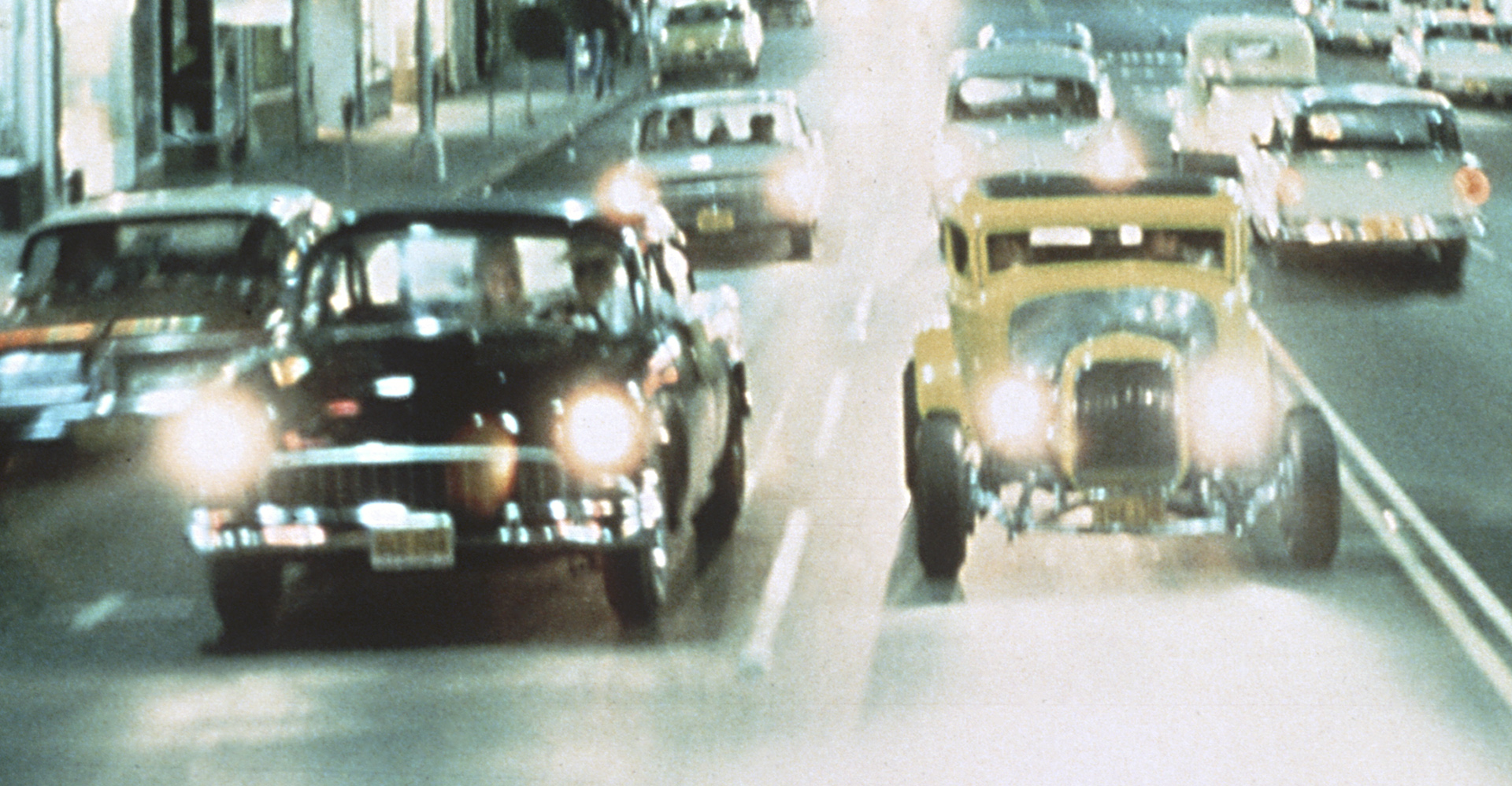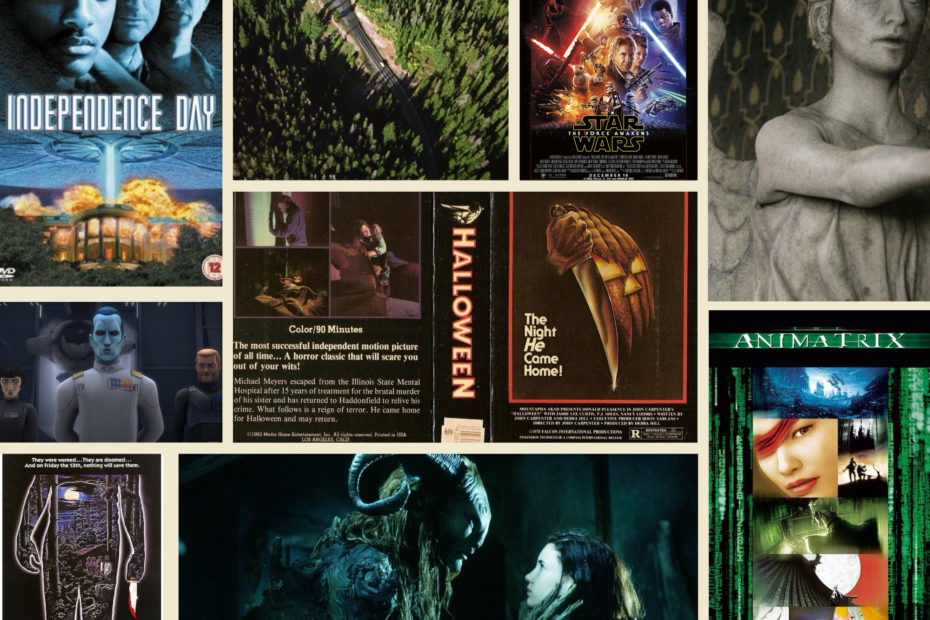Does Hollywood gangster film production in the 1930s support Warshow’s contention that the gangster is a “tragic hero”?
In 1948 Robert Warshow wrote that the gangster in Hollywood film was a tragic hero. By this he meant the gangster we see on screen would achieve their success, because they are under obligation to succeed, but would inevitably meet their death because the means of achieving their goals were all unlawful and aggressive – the audience would share their journey to success only to see it tragically unfold.









